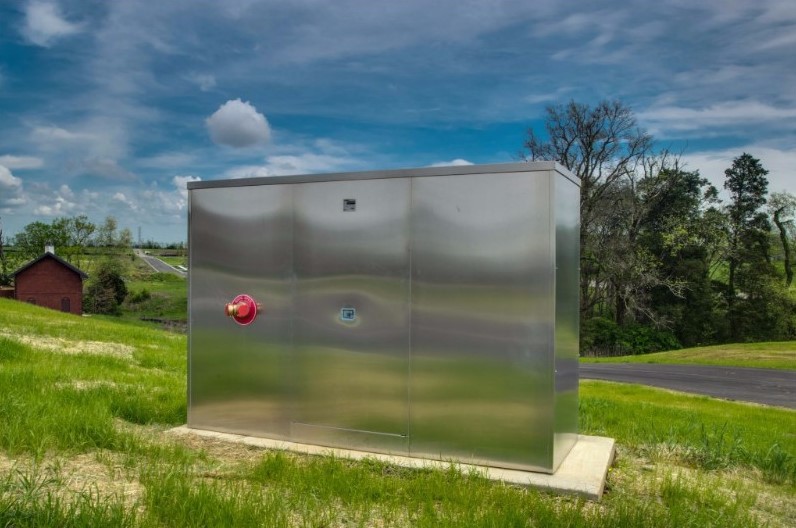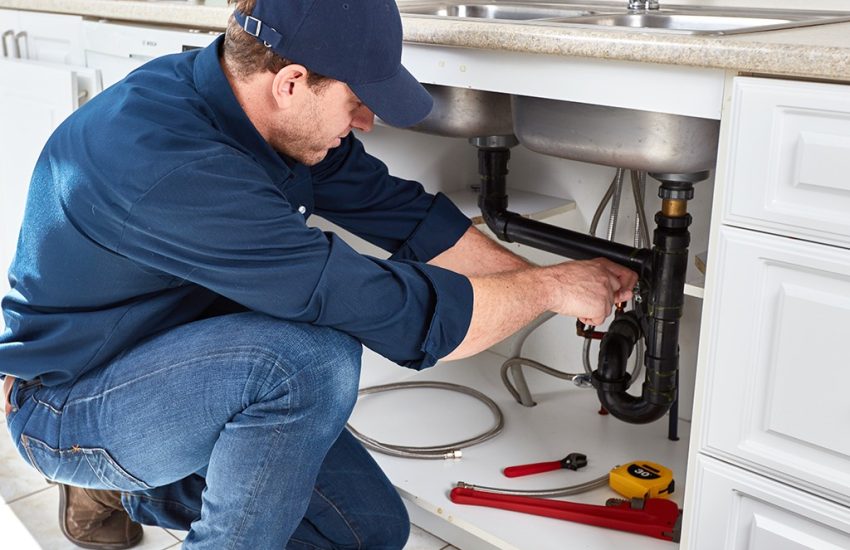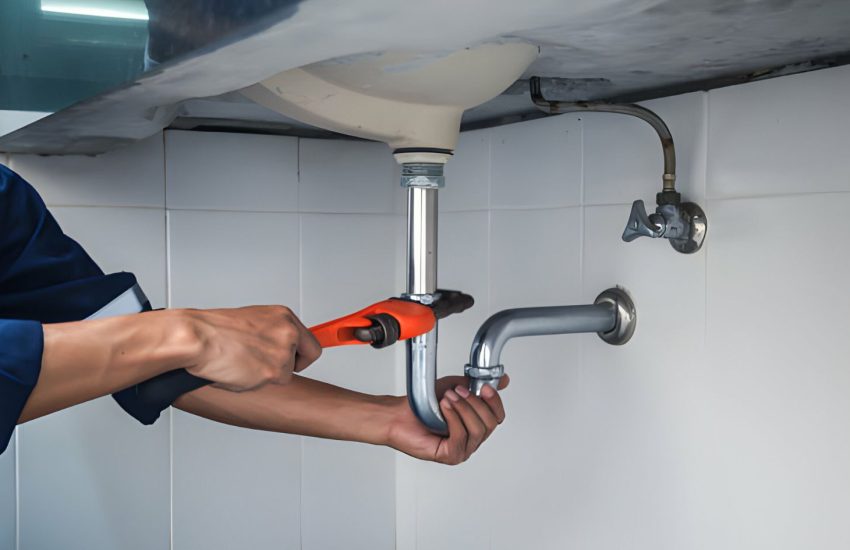Backflow enclosure- a complete guide to protecting your water supply
The safety and purity of the water supply in any building or facility are of utmost importance. One way to ensure that the water supply is not contaminated by backflow is through the use of a backflow protection cage or enclosure. A backflow protection cage, also known as a backflow enclosure, is a protective structure that prevents contaminants from entering your water supply by keeping your backflow prevention device secure and protected. The enclosure ensures that your backflow prevention device remains functional and free from damage caused by external factors such as weather, vandalism, or accidental damage.
Types
There are various types of cages available in the market depending on the type and size of the backflow prevention device you are using.
- Wall-Mounted enclosures are mounted on walls usually near where the water enters your home or facility.
- Free-Standing enclosures stand alone and can be placed anywhere near your water source.
- Custom Enclosures have specific requirements for an enclosure, custom-made enclosures are also available.
Benefits
Using a backflow protection cage prevents contamination in your drinking water supply. Keeping contaminants out ensures safe and clean drinking water at all times. Rather than paying for expensive repairs caused by damages to your backflow prevention device due to vandalism or accidental damage, investing in an enclosure will save you money in the long run. Backflow protection cages are built with durable materials such as steel which provides long-lasting protection against harsh weather conditions, impact damage, and theft/vandalism attempts. Most enclosures are designed with hinged doors that allow easy access to the backflow device for maintenance or inspection purposes.
Installation process
Backflow protection cage installation is relatively straightforward and can be done by a licensed plumber or contractor. Depending on the size of your 1 1/2” Backflow cage, you must choose an enclosure that fits it properly. The location should be easily accessible for maintenance and not impede traffic flow. If necessary, install a foundation to ensure the stability of the enclosure. Once the foundation is in place, attach the enclosure using bolts or screws. After installation is complete, connect your backflow prevention device to the water supply line inside the enclosure. Regular maintenance of your backflow protection cage ensures that it remains functional and provides long-lasting protection against contamination. Inspect your enclosure regularly for signs of damage caused by weather or vandalism attempts. Keeping your cage clean prevents dirt buildup and affects its functionality over time. Lubricating hinges and latches reduces friction which can cause wear out over time leading to malfunctioning doors or locks. Remember to hire a licensed plumber or contractor for installation and maintenance checks to ensure your enclosure remains functional and provides maximum protection against contamination.



